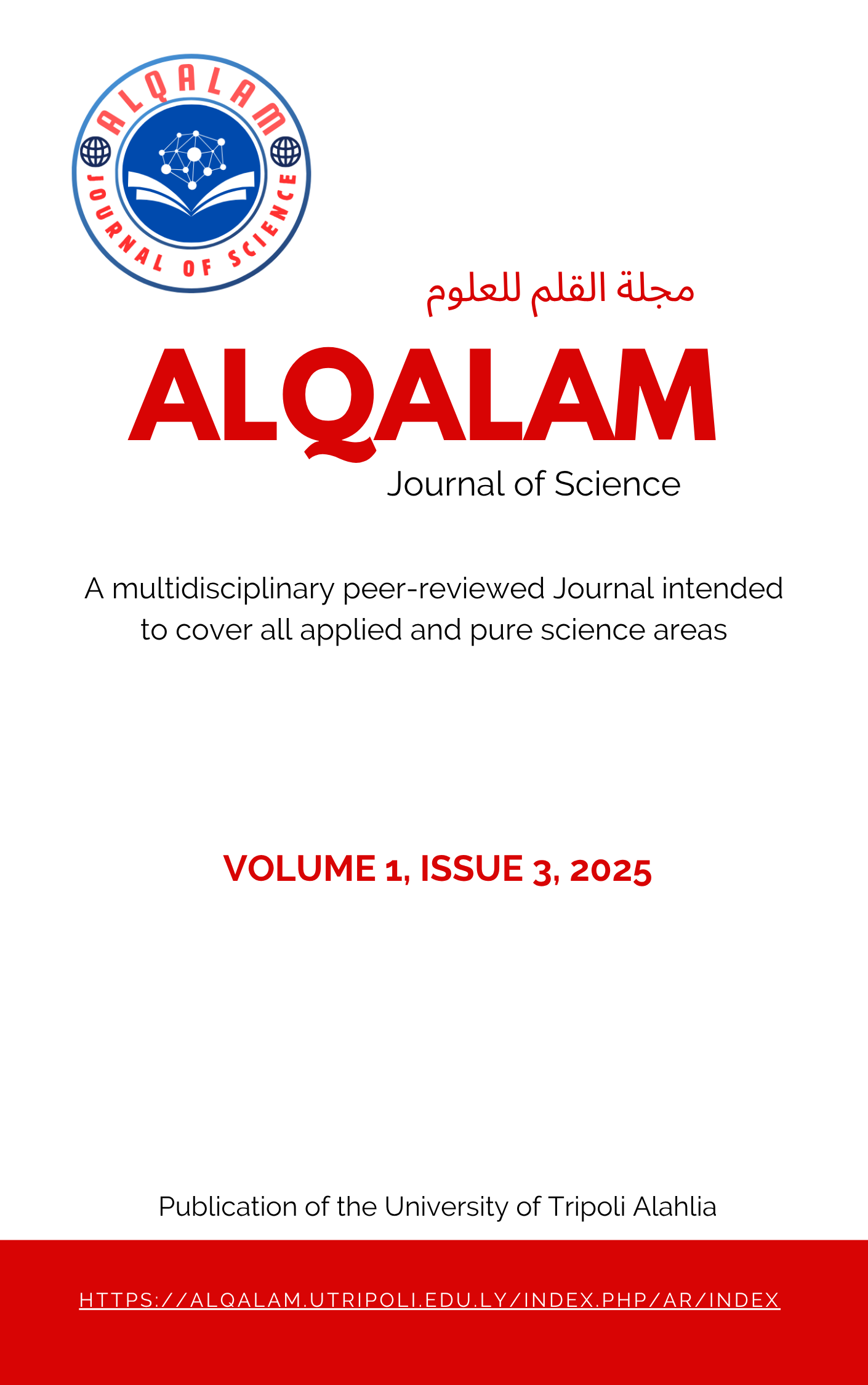Strategic Planning in Smart Supply Chains Using the Internet of Things and Predictive Analytics to Address Logistical Crises
DOI:
https://doi.org/10.69667/ajs.25309Keywords:
Strategic planning, smart supply chains, Internet of Things, predictive analytics, logistics crisesAbstract
The research aims to examine strategic planning in smart supply chains using the Internet of Things (IoT) and predictive analytics to address logistics crises. The research adopted a descriptive analytical approach, with data collected from a random sample of 100 supply chain managers and employees across the industrial (40%), commercial (35%), and logistics (25%) sectors. The data was collected using a questionnaire focusing on the Internet of Things, predictive analytics, and crisis management. The data were analyzed using SPSS to extract frequencies, percentages, means, and standard deviations. The results showed that the Internet of Things enhances product traceability (mean 4.2) and reduces inventory errors (mean 4.0), but faces the challenge of high costs (mean 4.3). Predictive analytics, on the other hand, supports proactive decision-making (mean 4.2), despite the need for advanced technical skills (mean 4.3). The results also confirmed that these technologies enhance supply chain resilience (mean 4.2), while also posing challenges related to privacy and security (mean 4.3). The findings underscore the importance of integrating these technologies to improve operational efficiency and reduce risk, while addressing costs, developing technical skills, and enhancing cybersecurity. Recommendations include increasing investment in the Internet of Things, developing training programs, improving security, incorporating predictive analytics into planning, and encouraging cross-sector collaboration to ensure effective integration and sustainable performance.
يهدف البحث إلى دراسة التخطيط الاستراتيجي في سلاسل التوريد الذكية باستخدام إنترنت الأشياء والتحليلات التنبؤية لمواجهة الأزمات اللوجستية. اعتمد البحث المنهج الوصفي التحليلي، حيث تم جمع البيانات من عينة عشوائية مكونة من 100 فرد من مديري وموظفي سلاسل التوريد في قطاعات صناعية (40%)، تجارية (35%)، ولوجستية (25%)، باستخدام استبيان يركز على إنترنت الأشياء، التحليلات التنبؤية، وإدارة الأزمات. تم تحليل البيانات باستخدام برنامج SPSS لاستخلاص التكرارات، النسب المئوية، المتوسطات الحسابية، والانحرافات المعيارية. أظهرت النتائج أن إنترنت الأشياء يعزز تتبع المنتجات (متوسط 4.2) ويقلل أخطاء المخزون (متوسط 4.0)، لكنه يواجه تحدي التكاليف العالية (متوسط 4.3)، بينما تدعم التحليلات التنبؤية اتخاذ القرارات الاستباقية (متوسط 4.2) رغم الحاجة إلى مهارات تقنية متقدمة (متوسط 4.3). كما أكدت النتائج أن هذه التقنيات تعزز مرونة سلاسل التوريد (متوسط 4.2)، مع تحديات تتعلق بالخصوصية والأمان (متوسط 4.3). تؤكد النتائج أهمية دمج هذه التقنيات لتحسين الكفاءة التشغيلية وتقليل المخاطر، مع ضرورة معالجة التكاليف، تطوير المهارات التقنية، وتعزيز الأمان السيبراني. التوصيات تشمل زيادة الاستثمار في إنترنت الأشياء، تطوير برامج تدريب، تحسين الأمان، دمج التحليلات التنبؤية في التخطيط، وتشجيع التعاون بين القطاعات لضمان تكامل فعال وأداء مستدام
Downloads
Downloads
Published
Issue
Section
License
Copyright (c) 2025 Alqalam Journal of Science

This work is licensed under a Creative Commons Attribution 4.0 International License.











